
Melissa Leung, a quintessential curator of contemporary interior design
Melissa Leung, a quintessential curator of contemporary interior design
Share
It has taken the better part of a month to find a time to sit down and talk to Melissa Leung, associate director and head of interior design at Fraser and Partners. This is not to say that she’s inaccessible, or too busy to talk to a writer about her experience as a female leader. In fact, the opposite is true. Our meeting has been so long in the making because yes, she is genuinely extremely busy, but she didn’t want to rush our interview. She wanted to carve out enough time in her fully stacked calendar to talk openly, honestly, and with considered depth — all of which are traits she’s known for and have led to her long list of achievements in a short space of time.
Melissa Leung always knew she wanted to work in a creative field, embarking on her Masters of Architecture immediately after finishing high school. However, part way through her Masters, Leung realised that it wasn’t the structure of the building that she was drawn to, but rather the interior design of spaces, and the way good interior design has the capacity to influence the way people feel.
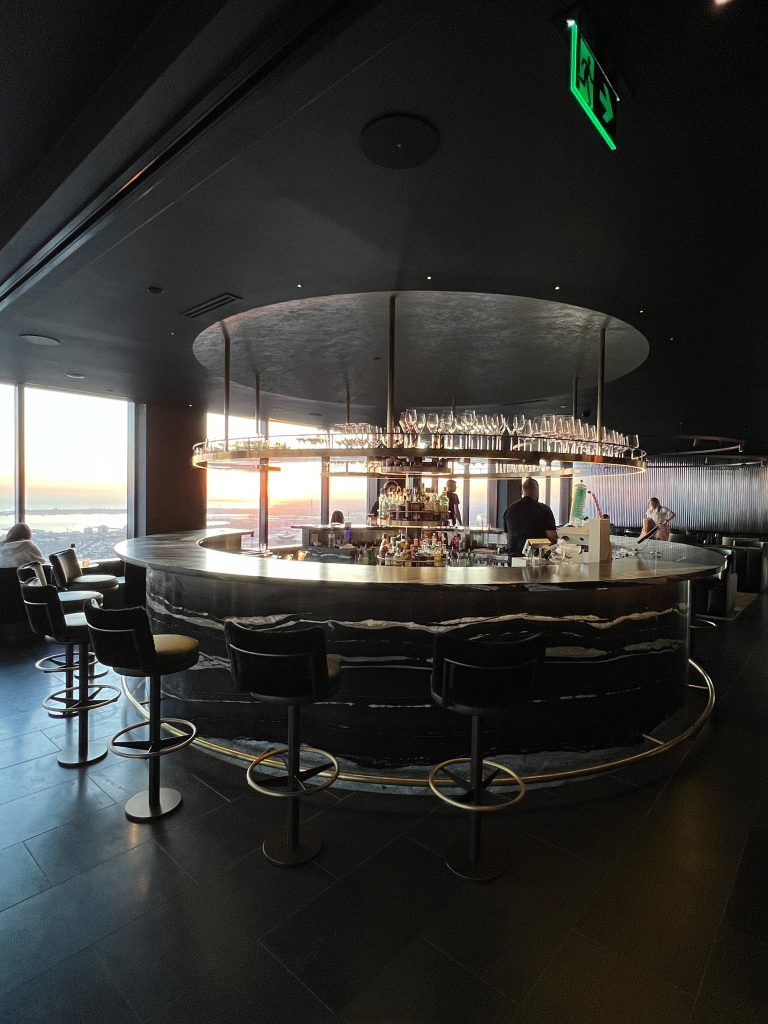
“People that aren’t in the industry think interior designers just pick colours and pretty things,” Leung says. “What we do is so much bigger than that. I always think in terms of curation — it’s literally starting from the very beginning and planning a space, getting into how the space will feel and designing from the inside out.”
A testament to her commitment to the creative field, and her exceptional work ethic, Leung finished her architecture Masters and went straight into studying interior design. “I stuck it out, I said to myself, ‘You never know, you might change your mind later on’,” Leung tells Australian Design Review.
Almost a decade down the track, Leung hasn’t changed her mind. She acknowledges that having a technical and practical understanding of both architecture and interior design has served her well in her career so far. It has given “an understanding and grounding in the base work of design”, which she says has been helpful when working collaboratively with architects, clients and other designers.
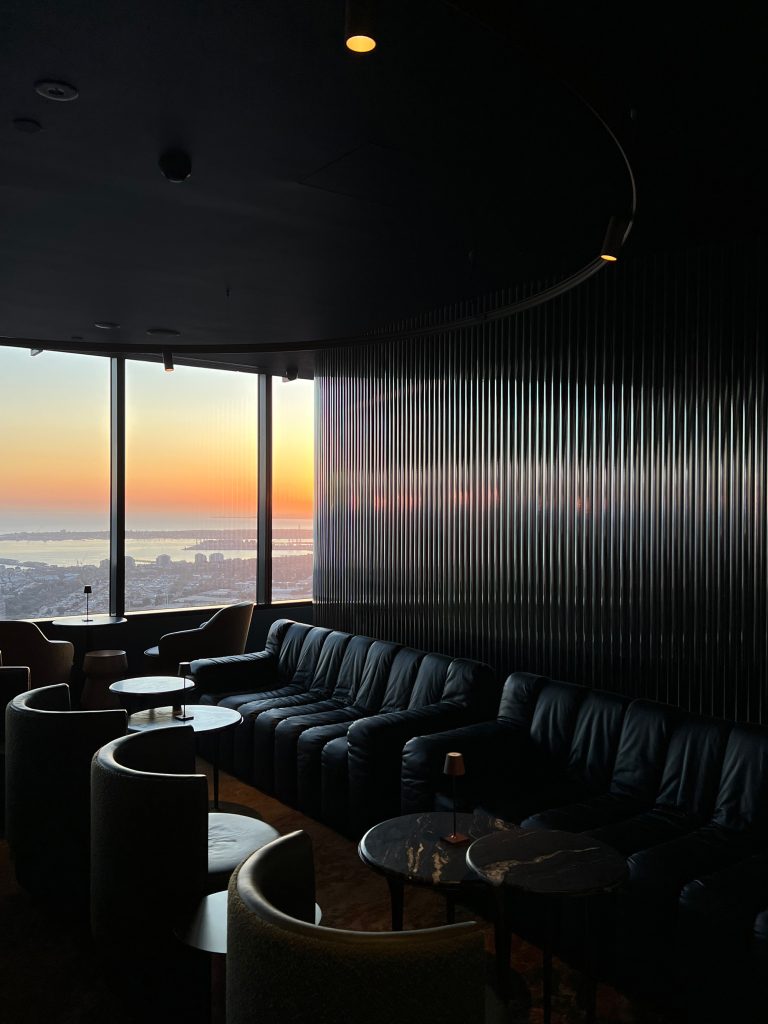
It is not just Leung’s understanding of multiple design aspects that weave together to enable her to create exceptional design outcomes. It’s her quiet, considered approach and the genuine interest and time she invests in each project to deeply understand her clients’ needs. “You bring all of your life experiences with you when you’re designing,” Leung says. “I look at things through a softer lens. For me it’s about putting yourself into a space, and asking myself ‘Would you be comfortable here?’ It’s about creating those experiential environments and then thinking about how it would appeal to one individual, and how the next person is going to perceive that space.”
A new vision for an icon
This soft, human-centric approach came to the fore in the refurbishment of the iconic Melbourne restaurant Vue de monde. “We [Fraser and Partners] did the original fit-out 11 years ago,” Leung recalls. “It’s such a well-known hospitality venue we were conscious that we didn’t want to make it unrecognisable. We took the time to reflect on what made the space so unique and figure out what wasn’t working.”
Given Vue de monde has been synonymous with Melbourne dining for more than 20 years, the stakes to get the refurbishment right couldn’t have been higher. We’ve all had the experience of walking into a beloved, iconic venue that has undergone a refurbishment, only to feel that it has lost the very essence of what made it so special in the first place. This is not the case for Vue de monde.
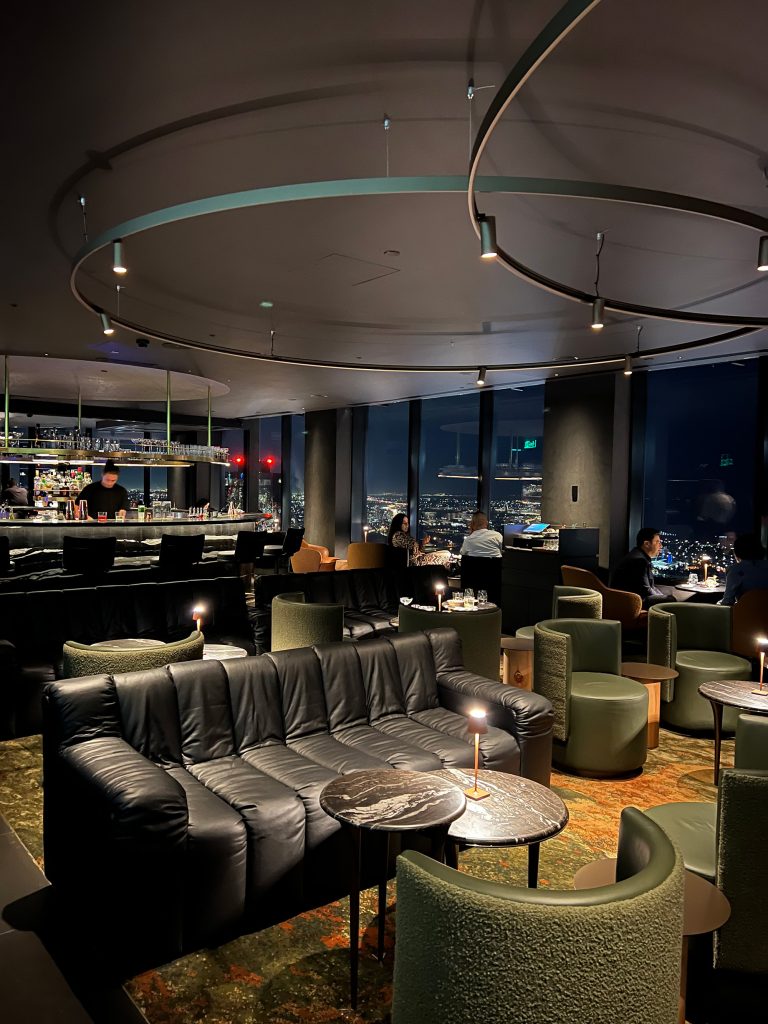
Stepping out of the lift and into the refreshed restaurant, guests are immediately captivated by the view. “We wanted to capture the stunning view from level 55,” Leung says. “The first thing we did was consider how design could highlight and embrace this very special environment, understanding that people come from overseas because they want to experience the Melbourne skyline. A couple of the ways we realised we could enhance the experience for people when they step out of the elevator is through lighting and relocating the bar.”
True to Leung’s open collaboration and communication style, she and her team spent a great deal of time getting to know the Vue de monde team. “The staff and team there are so caring in their approach, they take the time to get to know their customers, so it was important toreflect this in our design approach.”
This sense of open communication and forming connections informed the design of the bar itself. Originally rectangular, the new design saw a once obstructive monolithic form transformed into a soft, circular bar that encourages interaction. “People could sit around and feel like they’re immersed in the space and be part of the action,” Leung says. “They can see the bartenders making these beautiful cocktails and look at the beautiful city lights in the evenings. Changing the way they [the Vue de monde team] could use the space aligned with how they wanted their business model to work.”
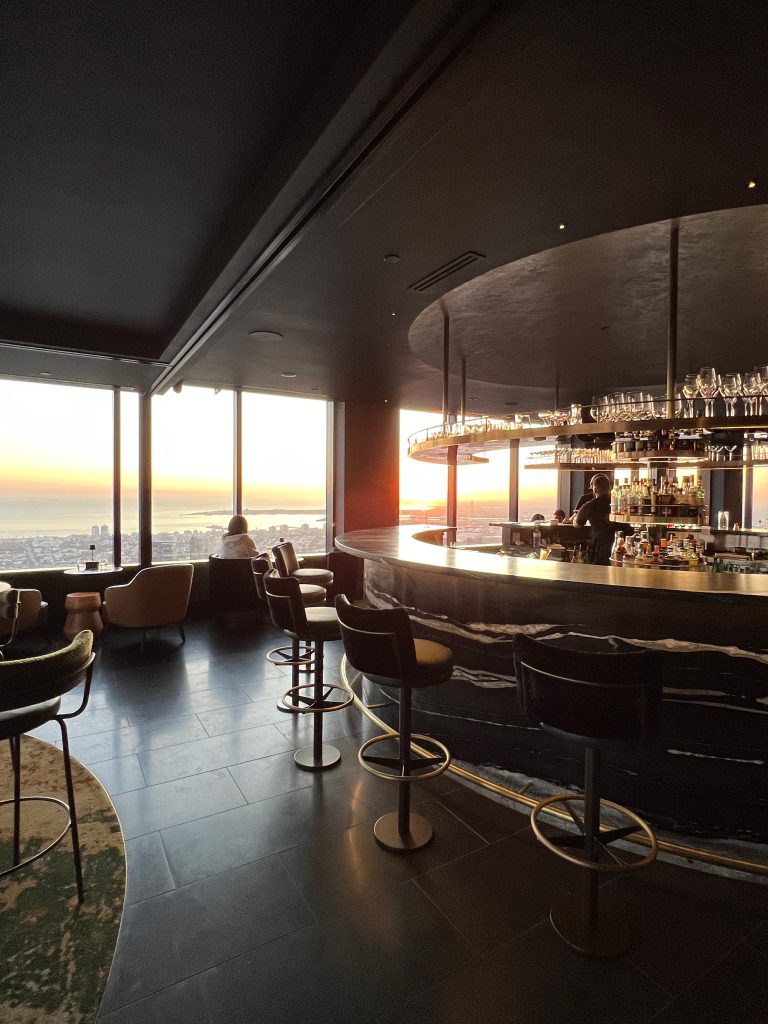
This human-centric way of thinking and working is where Leung’s talents as a designer who approaches everything through a curatorial lens come to the fore. Indeed, curation lies at the heart of everything Leung does, from design all the way through to guiding and managing her team.
Curation, in the true sense of the word
Etymologically, the word curate comes from medieval Latin. In the original definition of the word, it refers to someone who is a spiritual guide, responsible for taking care of those in their charge. While the word has been co-opted in the social media TikTok era we live in to apply to anyone who selects things — from clothes in a wardrobe to a Spotify playlist — designers like Leung approach curation from the true sense of the word.
Not only does Leung bring a sense of taking care to her design projects, but it also informs her leadership style. “It has been really important to me to remain true to myself,” she says. “I’m a massive overthinker, which means I know what it’s like to be in your own head, so I lead my team with an open door and open mind always. My style is about being supportive and creating an environment where people feel like they can make those mistakes. Because otherwise, if you don’t create that environment, then it’s really difficult for people to challenge themselves and take risks.”
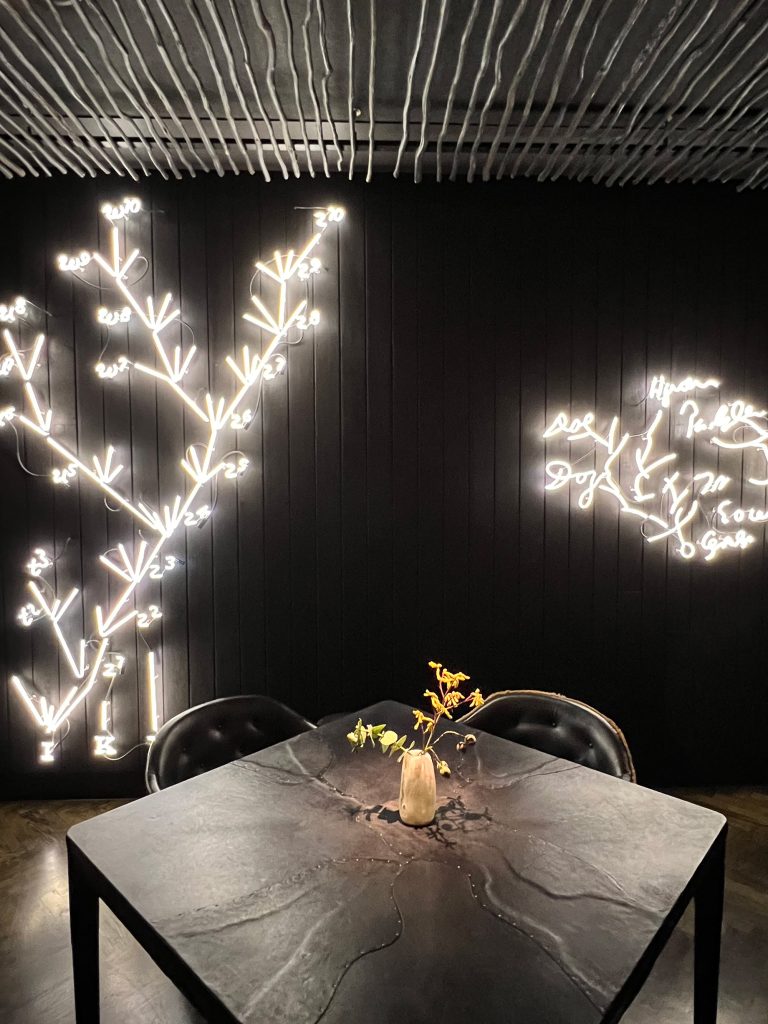
As the only female in the Fraser and Partners leadership team, there have been moments where she’s had to overcome the all too familiar imposter syndrome and find her voice — not because she is the only female around the table but because she’s naturally a quieter person. “My first mentor at Elenberg Fraser was a very impressive woman,” Leung says. “She was quite different to me, the complete opposite in fact. She was very strong and opinionated and she taught me to have a voice and know that people will listen to me.”
That said, Leung is not the type of person who uses her voice for the sake of it. “I feel like I don’t need to speak up unless I have something valuable to say. That’s always been my approach, I guess.” It is this attitude, her authenticity, and her ability to be a curator who truly curates, that has seen Leung rise to the top of her field. Certainly, with more women in design like Leung, who lead from a place of caring, the future of the industry in Australia is as brilliant as the view from level 55.
All images of Vue de monde courtesy of Melissa Leung.
Check out another talented woman in design leadership, Fiona Lynch
















